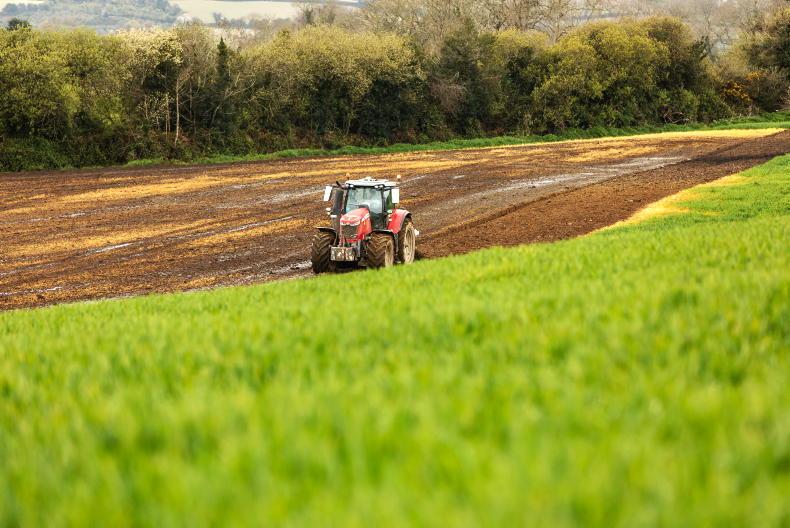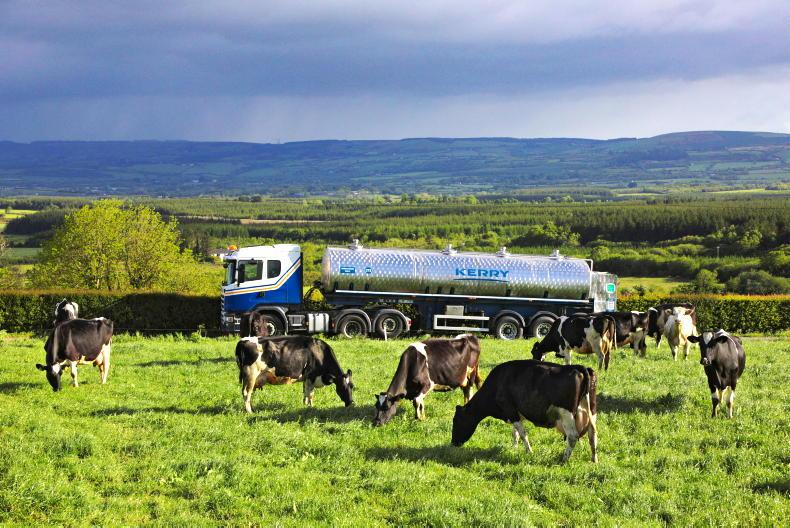Policies are going to need to stand together, because, at present, they are standing apart and farmers are stuck in the middle.
In the past few weeks, agriculture has been bombarded with new policy documents and consultations, each with their own agenda to tackle, but not all of these policies are gelling together.
One thing is for sure - we need to farm in a manner that is good for the environment around us and the path of travel from the EU and Government is to reduce fertiliser and pesticide use.
In order to do this, we need to make the best use of organic manures and improve our soil’s health.
This may, in turn, help to increase carbon sequestration, which is important to reduce greenhouse gas emissions.
Consultation
Earlier this week, Ireland’s draft nitrates action programme went up for consultation and an example of the lack of coherence between policies came in the new slurry spreading guidelines.
The guidelines state that in 2022 slurry must be applied by 30 September in zones A, B and C and in 2023 that date is set to go even earlier to 15 September.
A lot of the advice on farm sustainability is to make the best use of organic manures.
These valuable products not only contain nitrogen, phosphorus and potassium, but they contain plenty of organic matter and biology for the soil, adding diversity and food for micro-organisms.
Accessible
On livestock farms, these manures are easily accessible. However, on tillage farms, they often need to be imported.
This works well with farms with no land, with pig slurry and chicken litter in particular, but beef and dairy farms also need to export slurry in certain situations.
In autumn, weather-permitting, tillage farmers practicing good integrated pest management to reduce pesticide use will aim to plant cereals well into October.
Those trying to improve soil health will apply slurry to some land and incorporate it as soon as possible afterwards, usually within 48 hours.
A certain number of farmers will spread slurry to growing crops, but the majority will spread before planting.
Spreading
Under the new guidelines if the slurry is not applied using low emissions slurry spreading equipment, it is to be incorporated within 12 hours of spreading.
By 2023, this will become a difficult task if it is to be done by 15 September.
On 15 September, some farmers are still likely to be harvesting crops, particularly beans, which are once again ticking many sustainability boxes - reducing fertiliser and pesticide use, improving soil health and providing a habitat for pollinators and other insects.
This is not to mention straw, which may still be moving off fields and spring cereals may still be being harvested, or the last few crops of winter oilseed rape being planted before the middle of September - again ticking another box for rotation, improvement of soil health and a habitat for pollinators.
Limit cultivation
Farmers will most likely try to limit passes of cultivation equipment on land as well, so this slurry is often applied soon before sowing, again reducing emissions from machinery and reducing carbon loss from the soil.
Advice on P and K build-up is often to apply in the back end of the year and the growing crop should use a significant amount of nutrients as the young crop is growing vigorously.
With urgent jobs to be done, such as harvesting and sowing, will slurry use decline in the tillage sector? It is important that farmers do not come under pressure or stress.
In all of these regulations, we have to find balance between strategies and work to be done on farms. It is important to consider the consequences of one regulation on other strategies and targets.
It is important to note that this is a draft of the nitrates action plan and there is still room for change.










SHARING OPTIONS